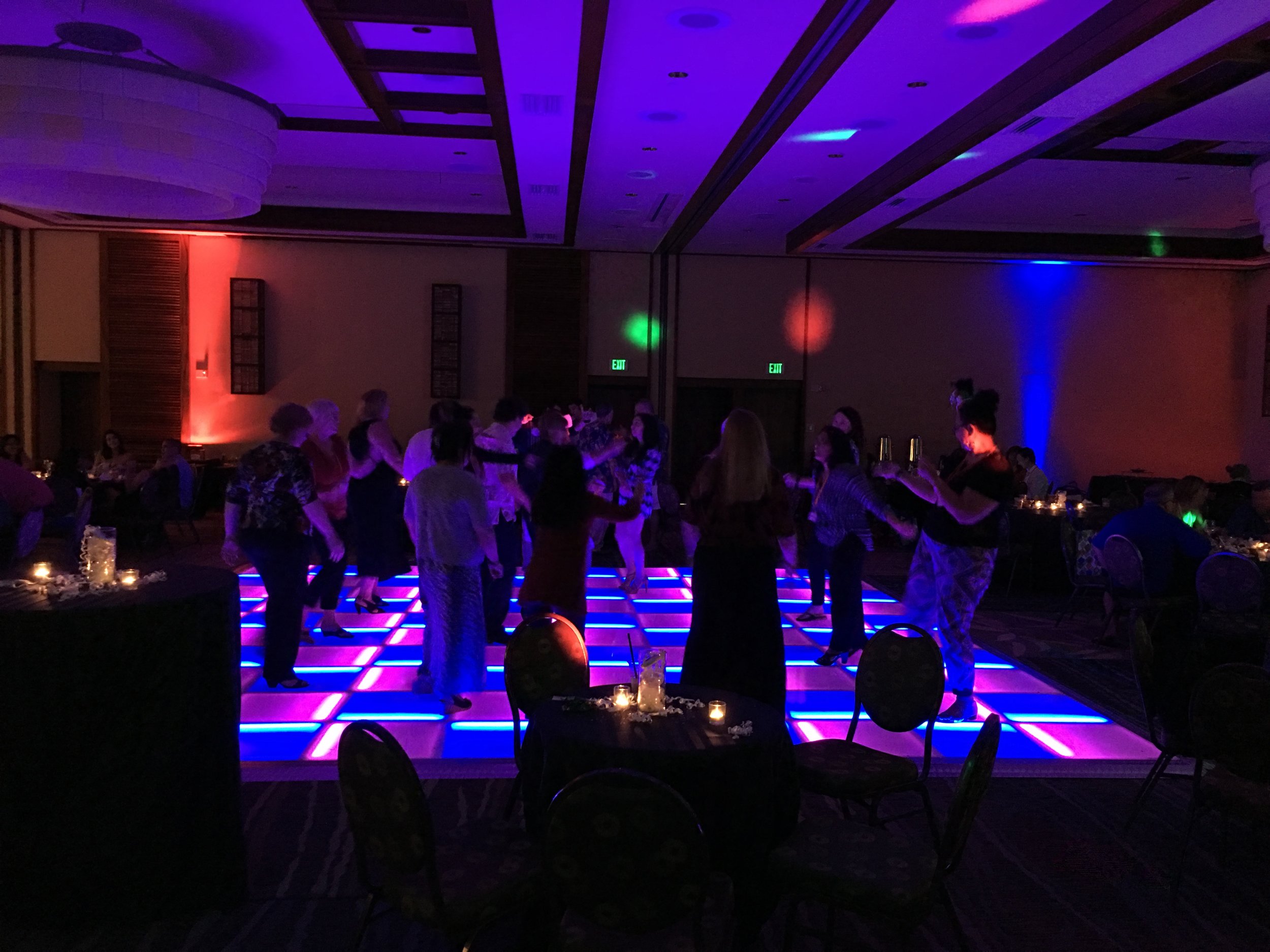Exploring the Versatile Substances That Convert Dance Surfaces into Stunning Visual Displays
Wiki Article
Dance floors have developed significantly over the years, transforming more than just a place to dance to melodies. Today, they are converted into breathtaking visual experiences through the use of various substances and techniques. These materials not only improve the aesthetic appeal of the area but also enhance the complete experience for dancers and audiences alike. Comprehending the versatile materials that contribute to these dynamic settings can offer understanding into the art of dance floor design.
One of the primary frequent substances used in modern dance floors is LED illumination. Light-emitting diode lights are energy-efficient and can produce a wide variety of colors and effects. They can be embedded in the floor itself or used as part of a lighting system over the dance floor. This innovation allows for coordinated light shows that can alter in reaction to the melodies, creating an engaging experience. The ability to program these lights means that they can be tailored to match different themes or moods, making each event unique.

Another crucial substance is mirror-like surfaces, such as reflectors or polished tiles. These surfaces can create an deception of area and depth, making the dance floor seem larger than it is. When dancers dance, their reflections can add an additional layer of visual interest, enhancing the complete performance. Additionally, reflective materials can engage with lighting effects, amplifying the hues and patterns displayed on the floor. This fusion of illumination and reflection can enthrall audiences and boost the vitality of the event.
In furthermore to illumination and reflective substances, the use of digital screens has grown progressively common in dance floor design. These screens can show lively visuals, graphics, or even real-time feeds of the performance. By incorporating electronic technology, occasion planners can create a multi-sensory encounter that engages both the performers and the audience. The capability to change visuals in actual time allows for a dynamic atmosphere that can adjust to the beat and energy of the melodies, making each instance feel fresh and exciting.
Additionally, the choice of surface substance itself plays a crucial role in the complete encounter. Traditional wooden dance floors are still favored for their strength and performance qualities. However, newer substances like synthetic and rubber are gaining favor due to their flexibility and ease of care. These substances can provide better impact absorption, reducing the chance of harm for dancers. Additionally, they can be crafted with multiple textures and colors, allowing for artistic representation in the dance floor's appearance.
In conclusion, the transformation of dance floors into breathtaking aesthetic encounters relies on a combination of read this article innovative substances and techniques. LED lighting, mirror-like materials, electronic screens, and specialized flooring materials all add to creating an captivating setting for performers and audiences. As technology continues to progress, the opportunities for enhancing dance floor design will only grow, making upcoming events even more enthralling and unforgettable. Understanding these materials helps value the artistry involved in creating spaces where dance and melodies come together in harmony.